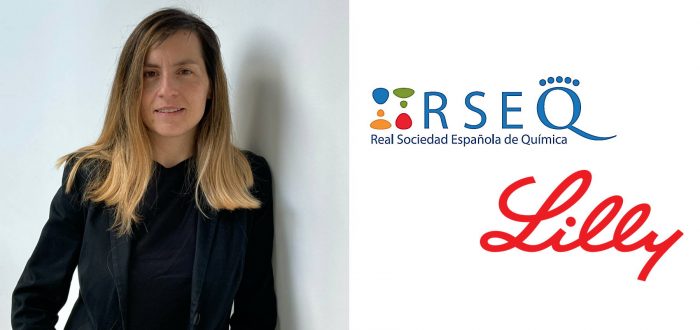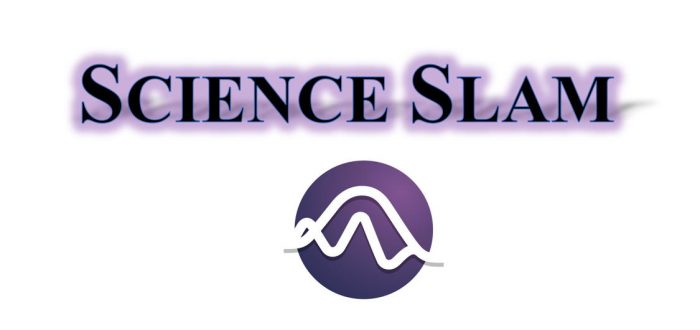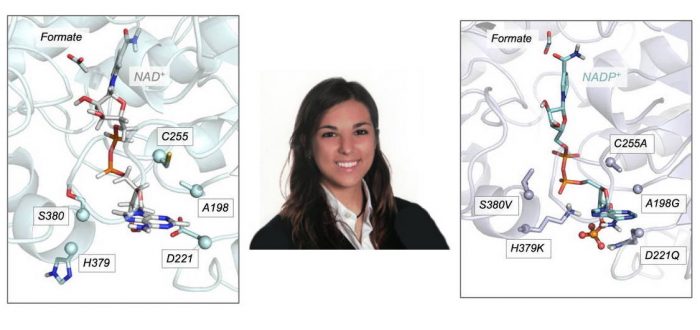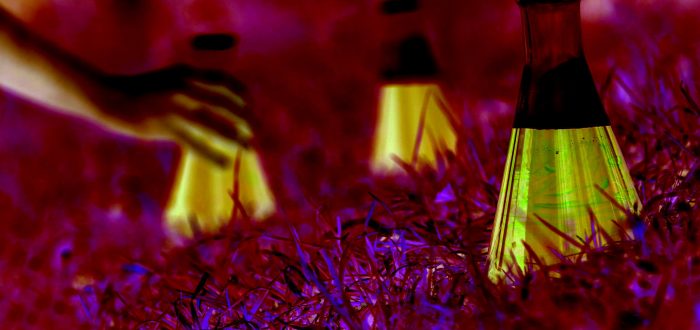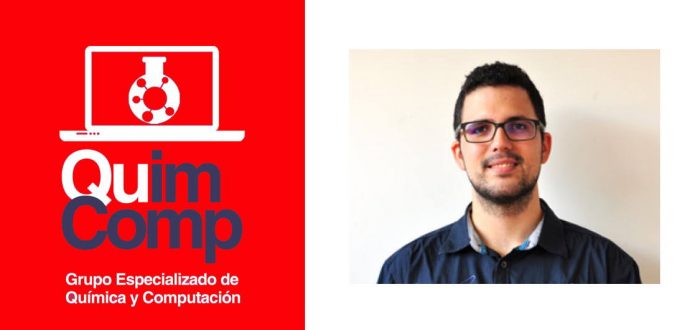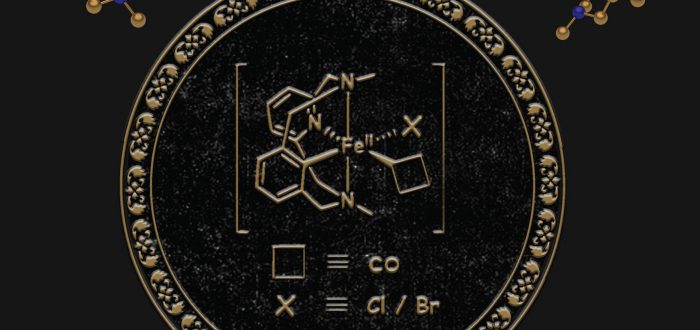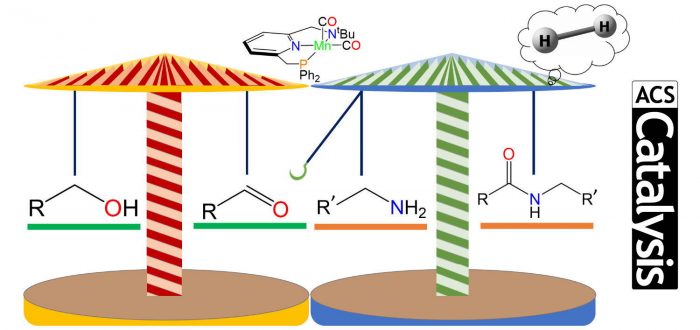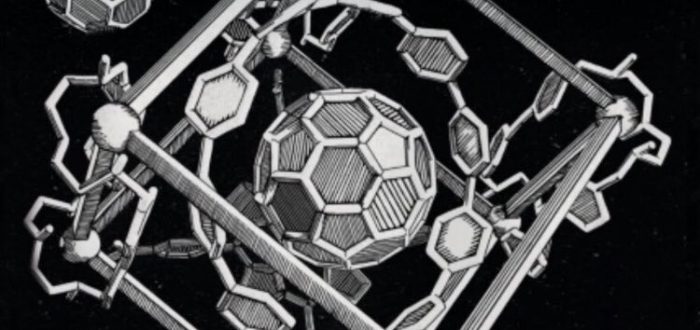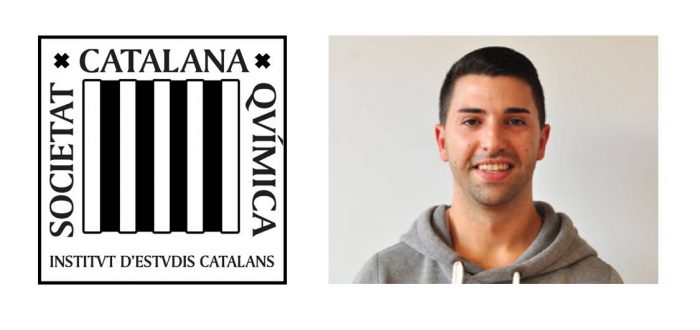Today the Real Sociedad Española de Química (RSEQ) and Lilly announced that Margarida Borrell Recasens, PhD student at the Institute of Computational Chemistry and Catalysis (IQCC) received one of the three 2021 RSEQ-Lilly awards for best PhD studies in organic, pharmaceutical and analytical chemistry (XIX Premios de Investigación para Alumnos de Doctorado en las áreas de
- sec.iqcc@udg.edu
- +34 972 41 83 57
Category: Portada
On May 13-14, several IQCC members participated in a remarkable research conference. For Laia Vicens, Anna Vidal, Albert Poater and Sílvia Simon, going to a conference was nothing new, but this time was different. This was not because of Covid restrictions, but instead because all participants were between 11 and 12 years old! They were present
The Institute of Computational Chemistry and Catalysis of the University of Girona organizes the 2021 virtual edition of the Science Slam to show the most representative research projects of the Institute to a wide audience. A Science Slam is a form of science communication where scientists present their own scientific research work in a short
Last week at the Next Generation of Biocatalysis conference in Bern, Carla Calvó-Tusell, PhD student under the supervision of Dr. Marc Garcia-Borràs and Dr. Sílvia Osuna, presented her work on switching the cofactor specificity of FDH enzyme, and won one of the best oral presentation awards. Congratulations Carla! Girona, June 1, 2021 For more
The Institute of Computational Chemistry and Catalysis (IQCC) of the University of Girona (UdG) is a worldwide reference unit in computational chemistry and catalysis that aims at carrying out groundbreaking research on predictive chemistry for catalysis, with special focus on the processes occurring at the confined space for the coming years. One of the pillars
Former member Jesús Antonio Luque-Urrutia has been awarded the 2nd prize for best computational chemistry paper in 2020 given by the Computational Chemistry Group (GEQC) of the Spanish Royal Society of Chemistry (Real Sociedad Española de Química, RSEQ). He has received the award for his paper “Do carbon nano?onions behave as nanoscopic Faraday cages? A comparison
The journal Organometallics features on its front cover the recently published article “Well-Defined Aryl-Fe(II) Complexes in Cross-Coupling and C–H Activation Processes”. Iron embedded in a tetradentate N3C macrocyclic ligand scaffold allows the stabilization of valuable low-spin aryl-Fe(II) species, permitting the study of the intrinsic organometallic reactivity of these key intermediates in Fe-catalyzed cross-coupling and C-H
Density functional theory calculations unveil the mechanism of the original example of a base-metal-catalyzed synthesis of amides from alcohols and amines, generating H2 as a subproduct. Instead of a convoluted mechanism with the implication of dissociation of some ligand of the manganese catalyst, our DFT calculations describe a facile protocol, where the catalyst only produces
Recently, in collaboration with M. von Delius and co-workers from the Ulm University, a new paper was published by E. Ubasart, C. Fuertes-Espinosa, C. Garíca-Simón, L. Gómez, X. Ribas on a three-shell supramolecular complex enables the symmetry-mismatched chemo- and regioselective bis-functionalization of C60. The paper was recently published online in Nature Chemistry: E. Ubasart, O. Borodin,
Carles Fuertes won the Antoni de Martí i Franquès de Ciències Químiques award from the Institut d’Estudis Catalans – Societat Catalana de Química for the best PhD thesis in Chemistry in 2020. He did his PhD in the QBIS-CAT group of the Institute of Computational Chemistry and Catalysis (IQCC) under the supervision of Dr. Xavi Ribas

